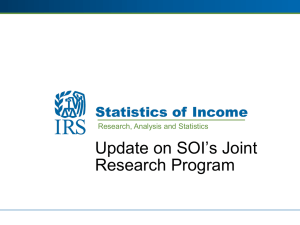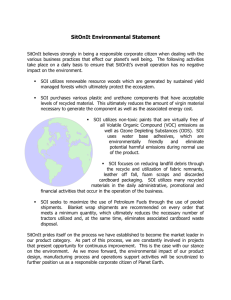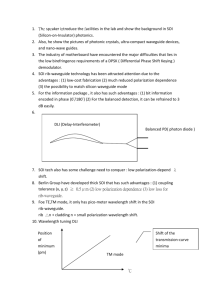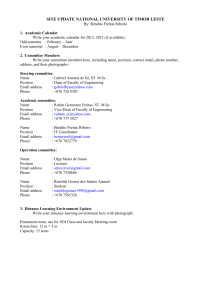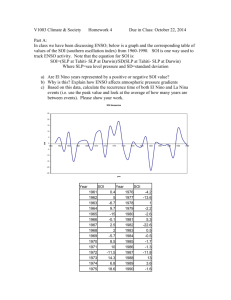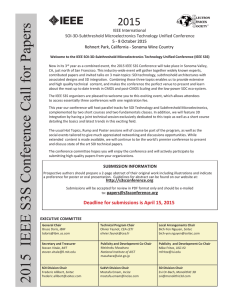Prof Robert M. Hoffman
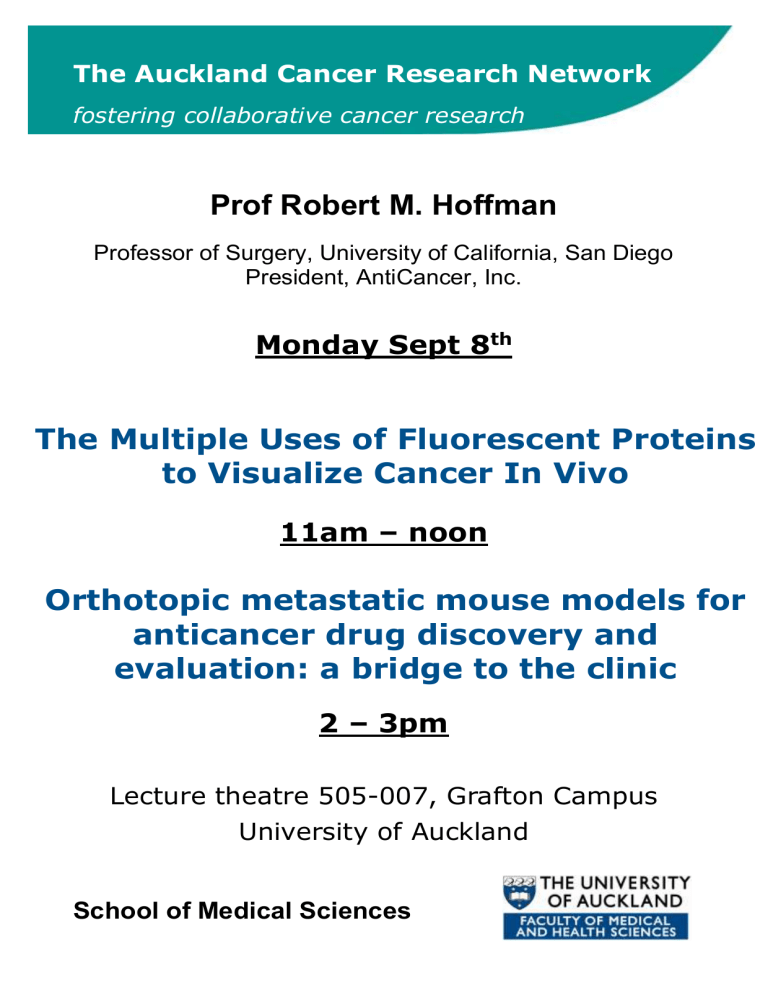
The Auckland Cancer Research Network fostering collaborative cancer research
Prof Robert M. Hoffman
Professor of Surgery, University of California, San Diego
President, AntiCancer, Inc.
Monday Sept 8 th
The Multiple Uses of Fluorescent Proteins to Visualize Cancer In Vivo
11am – noon
Orthotopic metastatic mouse models for anticancer drug discovery and evaluation: a bridge to the clinic
2 – 3pm
Lecture theatre 505-007, Grafton Campus
University of Auckland
School of Medical Sciences
The Multiple Uses of Fluorescent
Proteins to Visualize Cancer In
Vivo
Abstract
Naturally fluorescent proteins have revolutionized biology by enabling what was formerly invisible to be seen clearly. These proteins have allowed us to visualize, in real time, important aspects of cancer in living animals, including tumor cell mobility, invasion, metastasis and angiogenesis. These multicolored proteins have allowed the color-coding of cancer cells growing in vivo and enabled the distinction of host from tumor with single-cell resolution.
Visualization of many aspects of cancer initiation and progression in vivo should be possible with fluorescent proteins.
Orthotopic metastatic mouse models for anticancer drug discovery and evaluation: a bridge to the clinic
Abstract
Currently used rodent tumor models, including transgenic tumor models, or subcutaneously-growing human tumors in immunodeficient mice, do not sufficiently represent clinical cancer, especially with regard to metastasis and drug sensitivity. In order to obtain clinically accurate models, we have developed the technique of surgical orthotopic implantation (SOI) to transplant histologically-intact fragments of human cancer, including tumors taken directly from the patient, to the corresponding organ of immunodeficient rodents. It has been demonstrated in 70 publications describing 10 tumor types that SOI allows the growth and metastatic potential of the transplanted tumors to be expressed and reflects clinical cancer. Unique clinically-accurate and relevant SOI models of human cancer for antitumor and antimetastatic drug discovery include: spontaneous SOI bone metastatic models of prostate cancer, breast cancer and lung cancer; spontaneous SOI liver and lymph node ultra-metastatic model of colon cancer, metastatic models of pancreatic, stomach, ovarian, bladder and kidney cancer. Comparison of the SOI models with transgenic mouse models of cancer indicate that the SOI models have more features of clinical metastatic cancer. Cancer cell lines have been stably transfected with the jellyfish
Aequorea victoria green fluorescent protein (GFP) in order to track metastases in fresh tissue at ultra-high resolution and externally image metastases in the
SOI models. Effective drugs can be discovered and evaluated in the SOI models utilizing human tumor cell lines and patient tumors. These unique SOI models have been used for innovative drug discovery and mechanism studies and serve as a bridge linking pre-clinical and clinical research and drug development.
